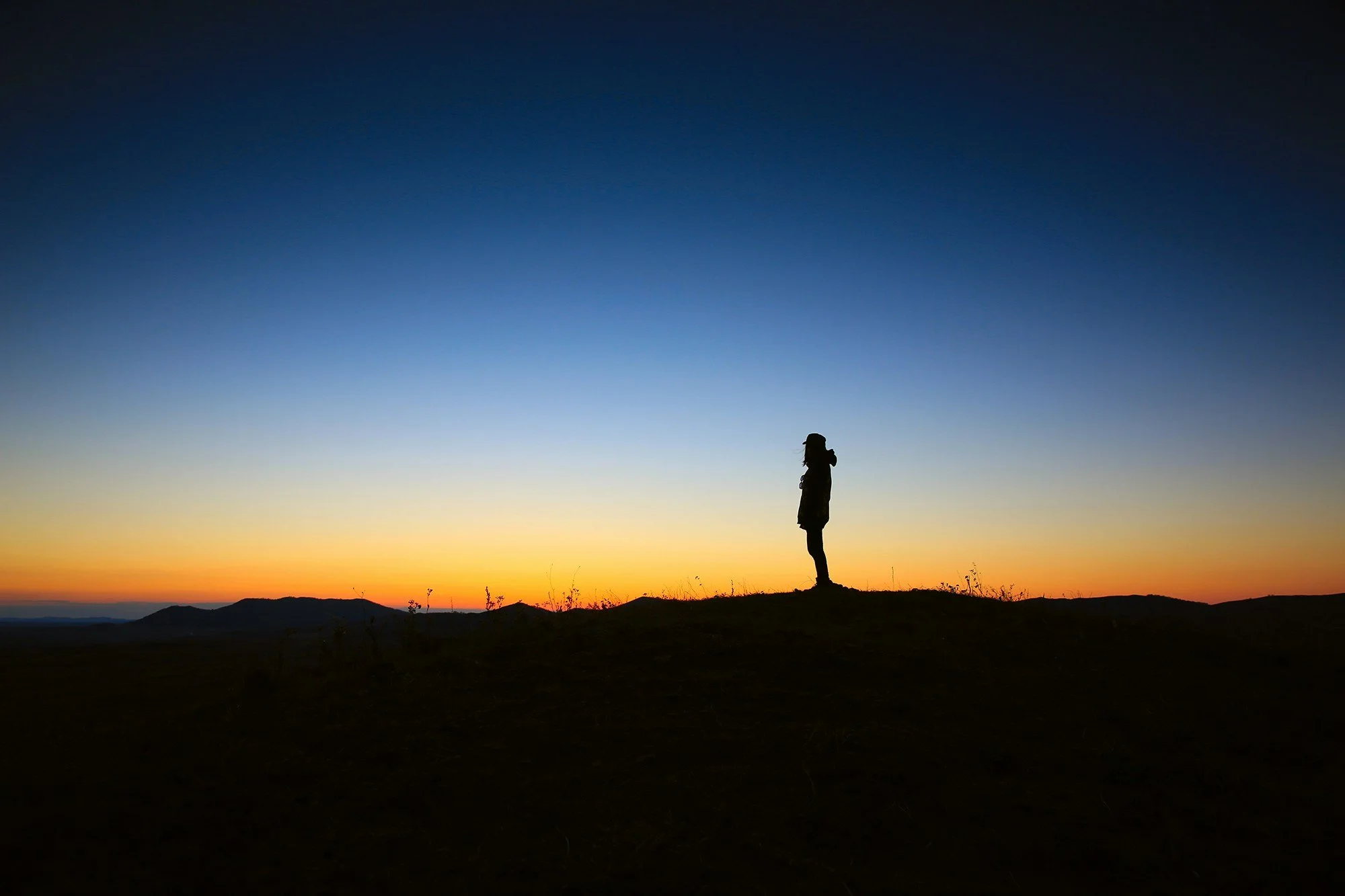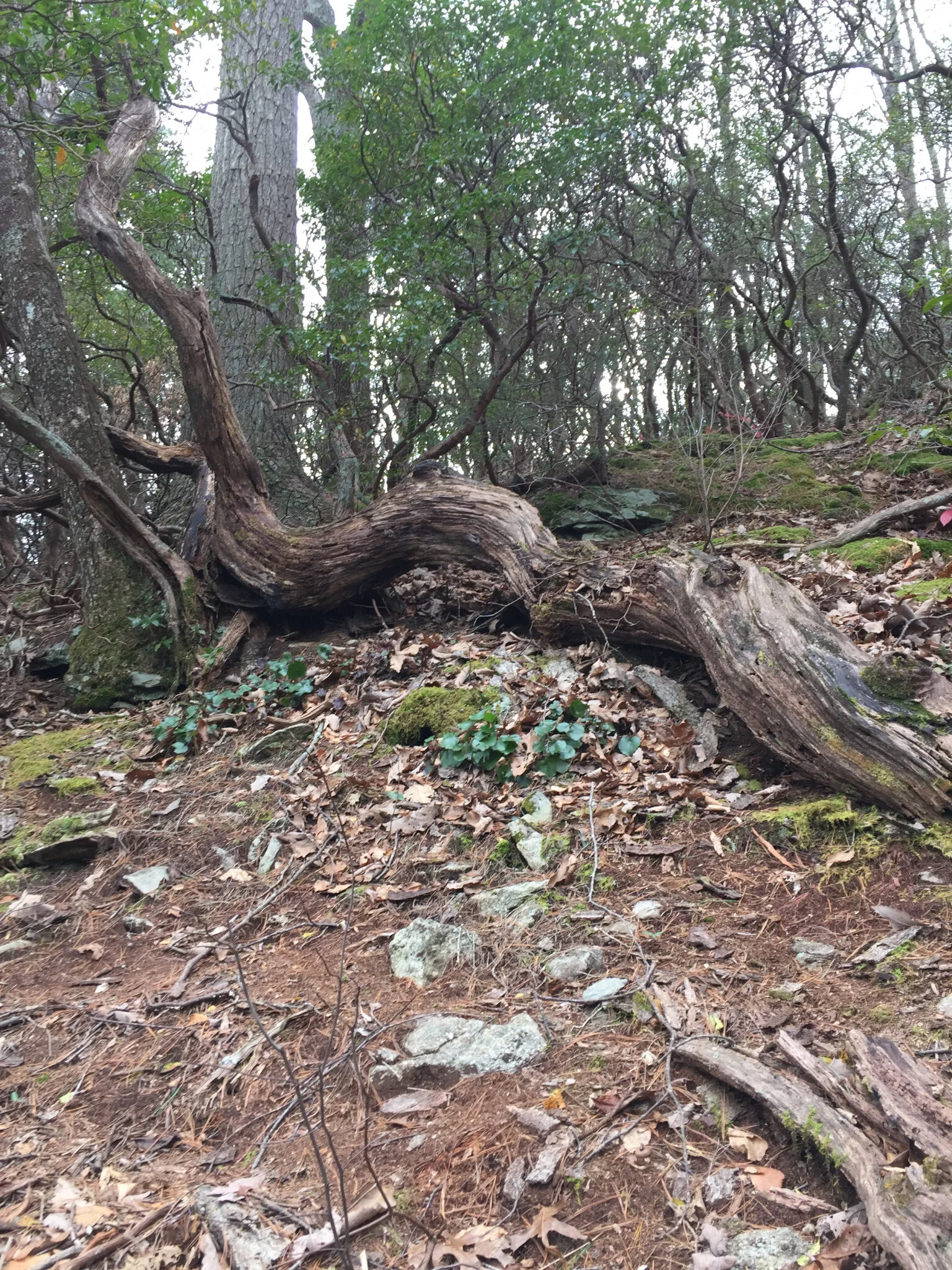Memories of Christmas Past. I grew up in a conservative Freewill Baptist church in West Virginia, a type of church that would later be branded as “evangelical”—a term I’d never heard until the Bush Jr. presidency when I was already six years deep into adulthood and questioning those initial religious teachings.
Rather than using political terms, what I remember is a congregation of earnest people attending a little, red-brick country church named after my paternal great-grandpa who had donated the land on which the church house was built. Our church was one of many in our rural community. Which, if you know anything about how protestant churches are established (spoiler: disagreements in a congregation spawn new congregations) is quite telling about our little zip code. For example, although it has changed, in those days it was frowned upon for women to wear pants to services; if there was a kerfuffle over women’s attire, a group of people might throw themselves up a new little church.
Despite our many churches and small-town squabbles, the form of worship in any one of them was fairly similar. Some might sing only old hymns without the accompaniment of musical instruments; others might have drum sets (!) and sing contemporary rock-and-roll influenced songs; but most had an informal choir who sang traditional hymns accompanied by a piano and guitar. People fellowshipped by shaking hands or sharing a hug and smile; and after a time of communing the able-bodied knelt in prayer, our elbows resting on the padded seats. The holidays were celebrated in a similar manner. For example, during Christmas, I never knew of a single church that didn’t put on a nativity play in some form. It was a time to celebrate the birth of The Son.
Our Christmastime traditions were to share and eat fruit baskets (oranges, grapes & apples), sing carols, and gather with extended family to exchange gifts and cheer on December 24th. That night kids went to bed eager for sleep so that Santa could visit. After the final opening of gifts on Christmas morning, we had a ham dinner midday Christmas. If your parents were divorced and both sets living in the community, as was my case, you would do all of this twice.
New Traditions. I was a very serious-minded young woman—off-putting, odd, and earnest—and I took my religion seriously. By the time I reached adulthood, while other kids had been sneaking beer and sex, I had read my Bible through several times. Because of all that studying, I developed an intense interest in the history of Christianity. Like so many others before me, the more I learned the more questions I had. I took deep dives into Luther, Jehovah’s Witnesses, The First Council of Nicea, Gnosticism, hermeneutics, various “pagan” traditions both historical and modern, Buddhism generally & Tibetan Buddhism (Kagyu school) particularly, and finally Integral Yoga. Integral Yoga [this is my definition] is an American school of yoga with strong spiritual ties to India (a simplification but I’m trying to be concise as possible).
Yoga was the final, and to my knowledge oldest, tradition I studied seriously. After all those years of searching and burying my head in so many ancient teachings, I chuckled when in conversation with a swami I was reminded of an old lesson I had learned in childhood: have faith. Although I was a natural in Jana Yoga path (seeking knowledge), it was the Bhakti Yoga path (surrender and devotion to God) that my heart and soul most needed. I had read enough books, debated enough philosophers; I needed a grounded practice. I longed for community, for ritual, for knees bent in supplication and thanksgiving.
My swami encouraged me to find a spiritual community that honored my Christian heritage as well as the person I had become since childhood. In the decade after that conversation, I have found community, or communities, though not yet in the form of a congregation (moving, small children, & most recently coronavirus have made it difficult). But I have developed a practice at home.
In recent years I have been celebrating Advent this time of year. The last month of autumn is a special, quiet time for me, the earth around me goes into a deep sleep; and as an academic, it is a time of completing projects and taking time off before the new semester begins. I have not given up my love of knowledge and books, and enjoy time spent in reading and contemplation for each candle lit on the Advent wreath. I love reading of variations on the tradition, and people’s differing reflections as the weeks go by. This year I think of hope, faith, joy, and love, but also have been influenced by a newer tradition of the Advent of the Solstice, or an anticipation and celebration of the Rebirth of The Sun.
I’ve celebrated the winter solstice (northern hemisphere), or Yule, for many years. But this year is the first that I’ve made a real Yule log with wood, pine branches, and teaberries gathered from around my home, and practiced the Advent of the Solstice. In the solstice advent wreath, we reflect upon the four major elements and associations with each one:
typically the 1st week is air, the element of beginnings, the east, intellect & memory, and the colors white or yellow;
the 2nd week, fire, the element of transformation, the south, action & creativity, and the color red;
the 3rd week, water, the element of endings, the west, emotion & connection, and the color blue;
and the 4th week, earth, the element of stability, the north, the body & groundedness, and the colors green or brown.
This year, when I’m decidedly middle-aged, I have reflected on how each element has represented the first half of my adult life, with me being overly focused on air with my search for knowledge, or on fire as I indiscriminately followed every passion that tempted my senses. I was out of balance and experienced a lot of chaos—divorces, constantly moving—during that time of painful growth. And then I had children, which grounded me in the element of water and my emotions, and has been inspiration for creating stability—although keeping things in balance continues to be a struggle. But I am maturing, growing roots, nurturing relationships. And realizing that all those early years were a gift in their own way—I can stand rooted, comfortable in my own body, having faith in my own knowledge and experience, swimming in doubt and fire and wonder.




![[Teaberry in snow. Small plant with red berry growing out of moss and lichen.]](https://images.squarespace-cdn.com/content/v1/60e4c1e51a213d7aac79f1c1/1625681037932-JPSVQA4W6CR67WW5OPO8/img_5992.jpg)







